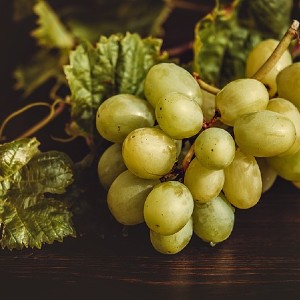Evaluation of metabolism and cytochrome P450 mediated interaction liabilities of naringenin
 Smart Citations
Smart CitationsSee how this article has been cited at scite.ai
scite shows how a scientific paper has been cited by providing the context of the citation, a classification describing whether it supports, mentions, or contrasts the cited claim, and a label indicating in which section the citation was made.
Naringenin is one of the major components of grapefruit juice. It has a broad spectrum of pharmacological activities, and many studies report that grapefruit juice inhibits cytochrome P450 (CYP) 3A4 leading to drug interactions. Naringenin was profiled through various in vitro studies like metabolic stability and glucuronidation in rat and human liver microsomes while, CYP inhibition using human liver microsomes. In addition, pharmacokinetic profiling was conducted upon intravenous (i.v.) and oral administration in rats. Naringenin undergoes both phase I and phase II metabolism in rat liver microsomes, and in human liver microsomes, it is predominantly metabolized by phase II. Glucuronidation which is addition (conjugation) of glucuronic acid to various functional groups is one of the major metabolic pathways of Naringenin. Naringenin, at 1.0 μM and 10.0 μM, did not elicit any appreciable inhibition of the 5 major CYP isoforms (CYP1A2, CYP3A4, CYP2C9, CYP2C19, and CYP2D6). Oral pharmacokinetic studies at 100, 300,and 1000 mg/kg dose and intravenous pharmacokinetic studies at 1 mg/kg dose were performed in male SD rats. Naringenin exhibited very short half-life (0.27 h) and rapid elimination (Clearance=110.65 mL/min/kg) after i.v. administration. There was saturation in Cmax and exposure beyond 100 mg/kg, and the absolute bioavailability was found to be ≤ 5% at the tested oral doses. This present experiment suggests that naringenin does not substantially inhibit CYP3A4 (or any of the tested five isoforms) isoforms per se. Given the minimal involvement of CYP enzymes in the metabolism of naringenin and minimal inhibition of CYP enzymes (IC50> 10 μM), the potential for drug-drug interactions involving CYP substrates and inhibitors is very minimal in humans.


 https://doi.org/10.4081/pcr.2023.9686
https://doi.org/10.4081/pcr.2023.9686





